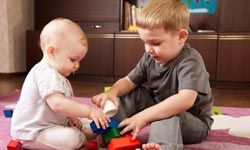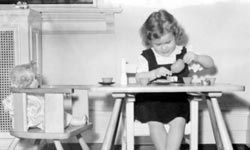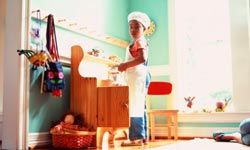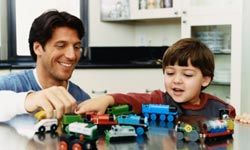When we were kids, most of us had tons of toys packed away in our toy chests. But there are probably a few that stick out in our memories. I'm not at all ashamed to say that I have hung on to several of my favorite dolls and my teddy bear from when I was a little girl. Of all of the toys that my family and friends showered me with, why did I choose to keep those toys? What makes a toy memorable?
Although some toys might top the popular holiday wish lists and instantly sell out of stores, chances are these trendy toys aren't the ones that will remain in your child's memory well into his or her adulthood. Rather, a toy that allows for creativity and exploration of imagination will be unforgettable. The fewer bells and whistles, the better. A popular electronic gadget might prove to be a fad; your child might play with it once, and then toss it aside.
Advertisement
Some of the most memorable childhood toys are those that have stood the test of time. Even though times have changed, toys that allow children to use their imagination and develop cognitive skills while simultaneously having fun continue to endure. In addition, memorable toys are durable and long-lasting; that is, they won't break or wear out after a few uses.
Read on to learn more about toys that you child will never forget.




